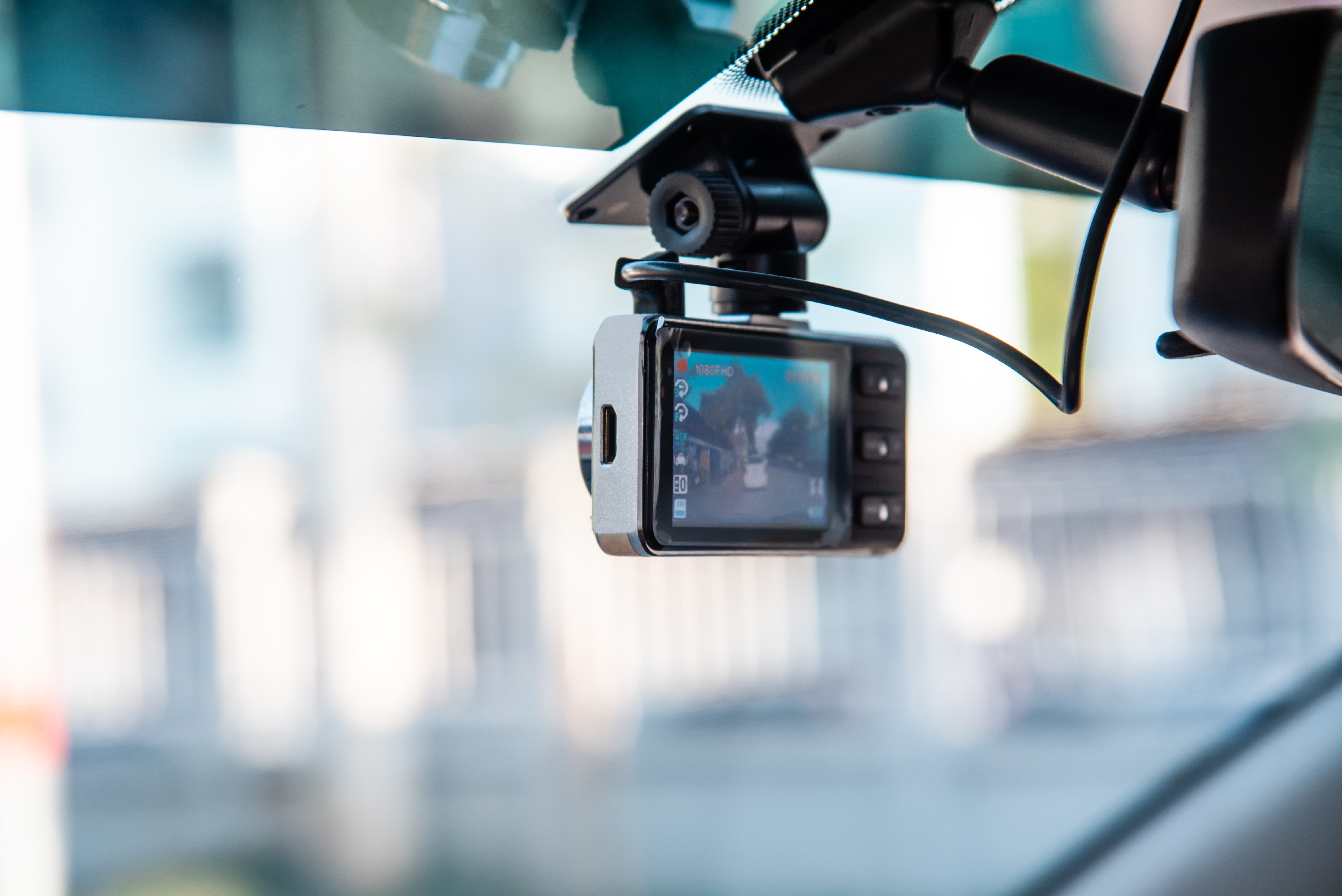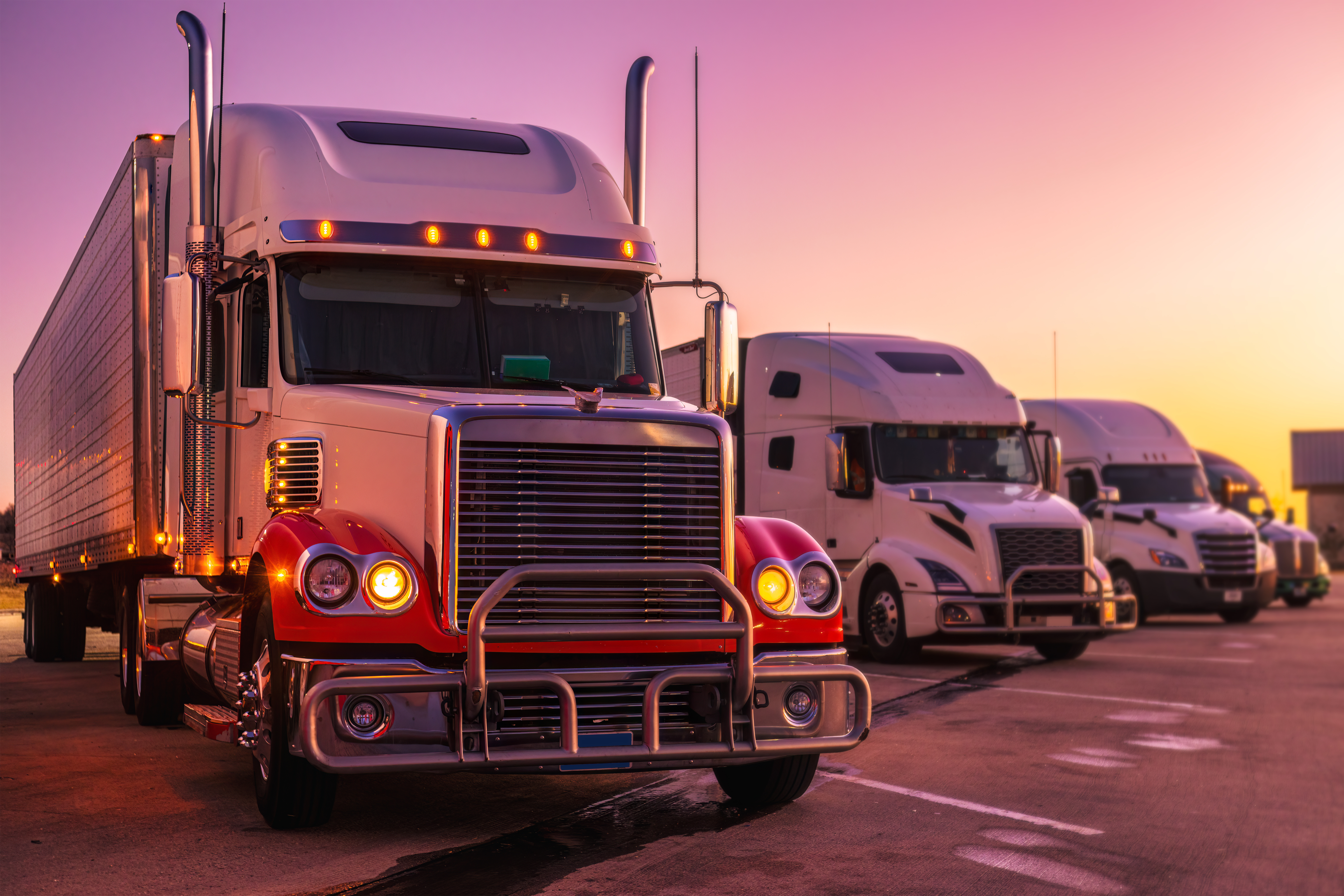What To Know Before You Fill Up

Fueling up your vehicle is one of those tasks you’ve done so many times, you may not even think about the process. Here are some tips to help you save time, save money, and be safe when you fill up.
-
Where to go. Search online or use an app to find gas stations with the lowest gas prices and closest proximity. There are apps that can also schedule stops for refueling along your route. Consider stations that offer discounts for paying with cash or have loyalty programs.
-
When to go. The early bird gets the worm. Filling up early in the week and early in the morning can save you money. Gas prices often rise right before busy driving times—weekends and holidays. Also, when fuel is at its coolest, it becomes denser and results in a slightly larger amount of fuel per gallon compared to when it is warm.
-
Pick a pump. If you're ready to fill up but see a fueling truck at the gas station, don’t fill up there. Dirt and sediment may be in the bottom of the storage tank and, if pumped into your vehicle, can clog the fuel filter. If you're driving an unfamiliar vehicle or can’t remember which side of the vehicle the gas cap is located, look at the dash for the gas pump symbol with an arrow indicating which side to fill up on.
-
At the pump. Turn off the engine. If you pay by credit or debit card, look for credit card skimmers on the card reader before you insert your card. If the card reader looks tampered with, damaged, loose, or open, move to a different pump or pay inside and alert the gas station attendant.
-
Pump it up. If unsure which type of fuel is best for your vehicle, look inside the gas cap or consult the owner’s manual for guidance. Make sure the screen says $0.00 before you start pumping. Pay attention and don’t smoke or use your phone while fueling. Topping off is not recommended. When you are done, leave the nozzle in the tank for a few seconds to avoid drips and make sure the gas cap is closed tight.
-
Gas station freebies. Wash the windshield and windows so you can see clearly—the tools are right there at the pump. Also, check the vehicle’s tire pressure and fill up with the free air if needed. Under-inflated tires wear out faster and waste gas.
Whether you choose to fill up after the gas light on your dash goes on, when your fuel gauge approaches half full (or half empty—depending on your outlook), or before a long trip, use these tips to get back on the road quickly and safely.
An insurance company that cares about you and insuring the things you wish to be insured.
Get a Quote> Find an Agent>

